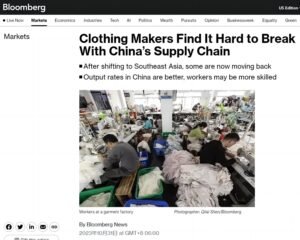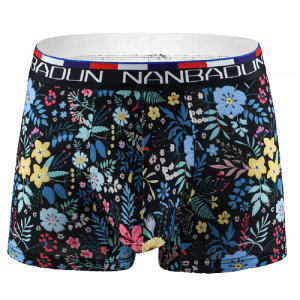It is a fact that the biggest fear in clothing sales businesses is inventory backlogs. After years of development, clothing brands have created various ways to distribute clothing inventory.
At present, the following inventory processing modes have been adopted in the clothing market:
- Multi-brand discount stores. For example, T.J. Maxx and others in the United States use this method.
2, Tail goods wholesalers and clothing discount stores. Tail goods trading companies for clothing and clothing factories usually have a clearing channel for the goods.
- E-commerce platform. This approach is being used more and more with the rise of retailing services over the internet. However, this online channel may affect the original brick-and-mortar and franchise store pricing system. There are currently many platforms available, but there is a chance that some e-commerce functions are insufficient.
- Webcast. The sales potentiality of live broadcasting platforms has become more and more valued by clothing merchants. But they also have problems with sorting goods, returning or replacing them, as well as after-sales issues.
Different heavyweight brands can choose tail goods suppliers through competitive bidding. Usually, special intermediaries actively contact clothing brands to provide different tail goods processing channels.
So many inventory distribution channels have their advantages and disadvantages. Secondary clothing wholesalers and carrier companies are the best way to deal with these. Naturally, some of these are good, some bad—for example, the discount franchise mentioned before. You need to have the elements of management, franchisee, and supply and warehouse management.
Brand discount stores joining this approach of business have considerable strength. There are more franchise stores, so their procurement is also extensive. These discount franchises are now also called “co-ops.”
However, the mode of social e-commerce uses private domain traffic, which does little harm to clothing brands.
Of course, clothing brands can also do the same through their own direct discount store model. The revenue from this kind of approach is much higher than that from franchises. However, it also means that the cost of opening a store and the cost of goods is higher.




























